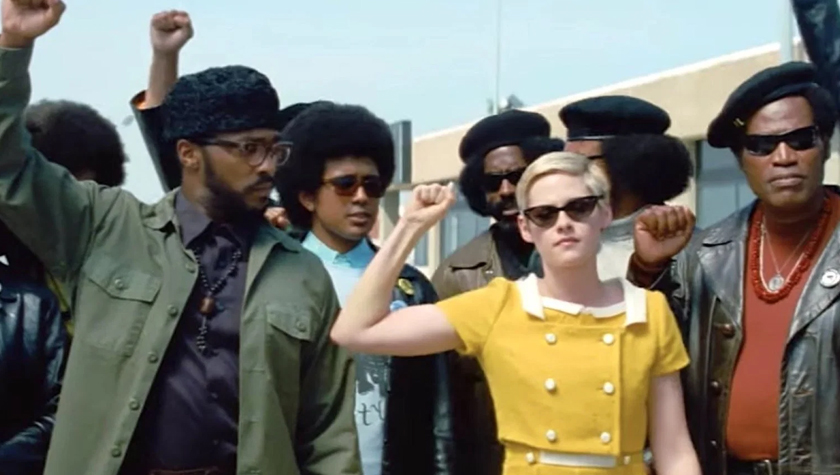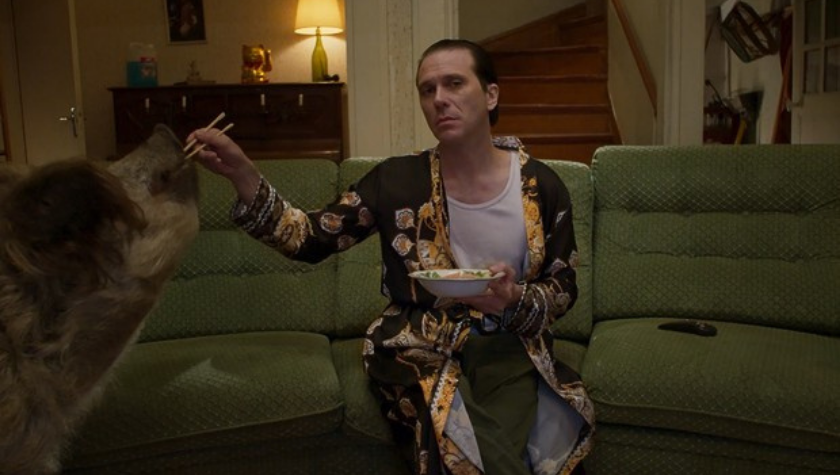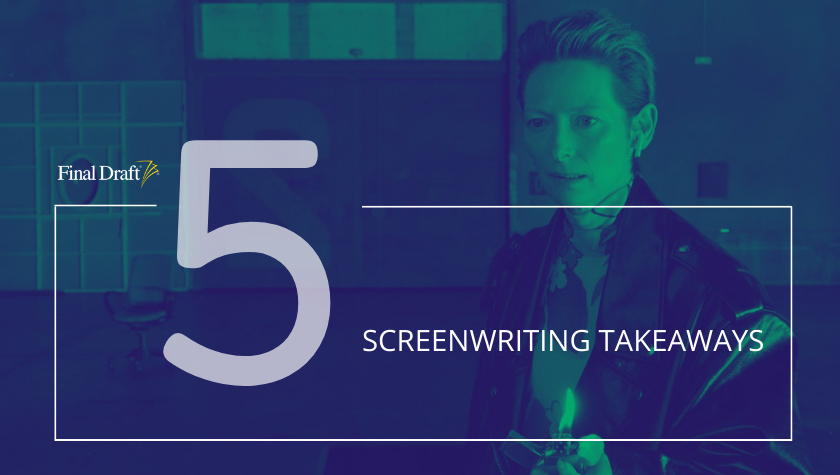The Souvenir Part II' closes a chapter for filmmaker Joanna Hogg
October 19, 2021
Filmmaker Joanna Hogg has revisited a mixture of fact and fiction from her early life as a filmmaker once again in The Souvenir: Part II. The first film, The Souvenir, explores young love with the endlessly likable Julie (Honor Swinton Byrne), who falls for the untrustworthy but engrossing Anthony (Tom Burke). The highly personal film often feels like pages pulled from a diary.
The second film is perhaps a more analytical and distanced look at a life-changing relationship. Of course Anthony is no longer, but Julie is still in the throes of film school and decides to truly examine the box of emptiness Anthony has left her through making a film about their life. The original press notes of the film call the movie a deconstruction of a reconstruction.
Seeing Julie’s exact replica of her apartment on a soundstage is a meta mind meld, particularly for fans of the first film, but it goes much deeper than that. If the first film was about discovering how to completely open the heart, the second is discovering that the heart can be at least partially mended.
Hogg wrote both films together and always intended them to be told in two parts, but simultaneously never planned to shoot them all at once.
"When I revisited Part 2, I went back to my original draft with a fresh knowledge of how the first part of the story unfolded. I rewrote it again, and never looked back at the original draft. I had many ideas between the two films. The film within the film that Julie makes, the dream film, that was conceived in the gap," she said.
The meta film is just as engrossing as Julie’s everyday life, and the stakes seem extremely high as her older film school professors have cast major doubt on its merits and Julie’s abilities. Hogg likes the idea that the meta film is extremely open-ended.
"I like that it means different things to different people. It’s the dream, not the film we see her shooting ... I didn’t want for Julie to shoot a film we then see. It’s more in her subconscious, and to have her put herself in the frame in a sense. I don’t like talking about it too much. It’s a nice surprise within the film."
Despite the fact that Hogg has often spoken about exploring much that was personal to her in both films, she is unsure if the process was therapeutic.
"What I did enjoy the most about it was going back in time to my student days and making a film that felt more like, connected to ideas that I had when I was at film school," she said.
"All my influences for Part 1 and Part 2 are influences I had in my twenties when I first started becoming a filmmaker. There are certain Hollywood musicals in there like Singin' in the Rain, Cover Girl, All That Jazz, New York, New York. I really surrounded myself in my cinematic loves for part of this movie."
There is a lightness and airiness to the piece that often comes from Julie’s beloved time on set. Nevertheless, the movie is also often exploring Julie’s grief and the outside interpretation of that grief by those around her. Hogg’s description of grief does feel aptly captured in the movie.
"It’s not a continual process. You can forget for moments about that person you are grieving for and then something will remind you of them. There’s an inconsistency to it. One moves in and out of it. I lost my mother in March and I find I think about her a lot and sometimes forget that she’s not here."
Julie’s grief is not dissimilar as she is often able to lose herself in the process of filmmaking and only occasionally is snapped out of the world she is building when she encounters a friend of Anthony’s or when an actor asks her a question probing enough to send her into a thought spiral that seems to take her to another place.
The story ultimately feels like a story of power for Julie. If Anthony robbed her of some of her power in Part I, he is, in a way, helping Julie recover it and discover it in Part II. Julie almost appears as a superhero in her meta film with a line of voice over that booms over her as she traverses the screen and a camera flies into her hand: “I am born again,” states Julie, as her greatest joy seems to be her camera.
Hogg says the moment is one of her favorites.
"It has its roots in the student film I made at film school that starred Tilda Swinton. Lucky, the character Tilda plays, is reunited with her reading glasses. She plays a girl that is transported through her favorite fashion magazines, and there’s this moment, and it’s not a camera, but it’s her glasses so she can see again. And through the process of going through the magazine she learns it’s not the magazine that she thought it was. The glasses are symbolic of her being able to see again and see herself and really self-identify and for Julie that moment is similar. Her vision as a filmmaker is represented by the camera."
It feels brave and captivating for Hogg to so wholeheartedly dig into her early filmmaking as many filmmakers may loathe to put on display any version of what they made during film school, but that feels where much of Julie’s charm lies. She so readily throws herself into every aspect of her art, and when critiquing the art of others, she cannot bring herself to find faults. Her naiveté and enthusiasm are things to be admired indeed.
Meanwhile, the nitty-gritty process of Julie putting her own pain on display does draw parallels to how all young people now move through the world. Everything can be content. Everything can be on display if one chooses.
"I don’t think I’d do well as a 20-year-old now," Hogg said.
"I would find it very hard to be seen in that way constantly, and there’s enough self-doubt one has in one’s twenties and now it’s exacerbated. I would have been very unhappy."
Thankfully for audiences, Hogg fell into a more traditional filmmaking process, as does her character and muse Julie, and it’s evident that it makes them both very empowered. As for if there may be a return of Julie, Hogg was certain this chapter is closed.
"But I do find with each of my films there is something I take forward and I remain interested in the characters, and they may pop up in different ways. Not literally, but I am not finished with the idea of expressing the life of an artist," she said.
Written by: Lindsay Stidham
Lindsay holds an MFA in screenwriting from the American Film Institute. She has overseen two scripts from script to screen as a writer/ producer. SPOONER, starring Matthew Lillard (SLAMDANCE), and DOUCHEBAG (SUNDANCE) both released theatrically. Most recently Lindsay sold PLAY NICE starring Mary Lynn Rajskub. The series was distributed on Hulu. Recent directing endeavors include the Walla Walla premiering (and best screenplay nominated) TIL DEATH DO US PART, and the music video for Bible Belt’s Tomorrow All Today. Lindsay is currently working on an interactive romcom for the production company Effin' Funny, and a feature film script for Smarty Pants Pictures. Lindsay also currently works as an Adjunct Screenwriting Faculty member at USC’s School of Cinematic Arts. You can follow her work here: https://lindsaystidham.onfabrik.com/



